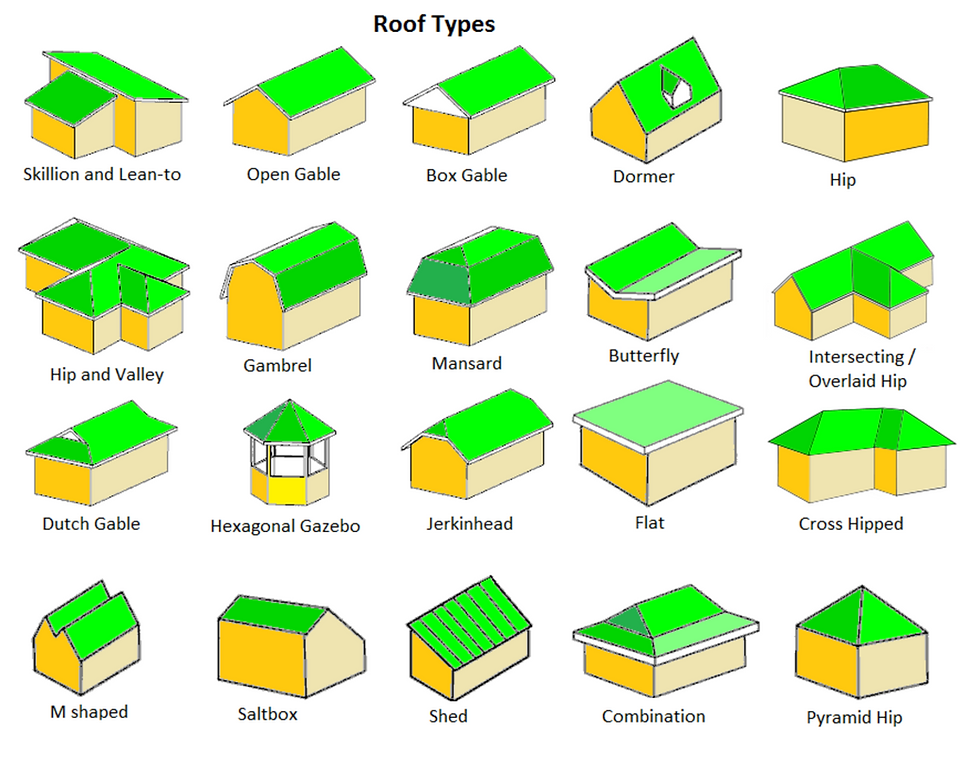CLAY ROOF TILE
- carissa184

- Aug 6, 2016
- 2 min read
Updated: Sep 20, 2021
Clay roof tiles have been used since Roman times, are still widely used in Europe, Asia, throughout North America as well.
Our photo (left, by the author DF- 1966) shows decorative clay roofing on Yongnyong-jon hall, a Korean shrine forming part of the oldest shrine in Korea Jeongjeon, the Jongmyo Confucian shrine constructedby King Jaejo beginning in 1394.
Koreans believed that the royal spirits achieved peace only after their tablets were brought here from Chongjon. Thus, Chongjon enshrined the souls still roaming the earth, while Yongnyong held those who had achieved eternal rest.
As NPS historic preservation expert Sweetser points out,
European settlers used clay tile for roofing as early as the mid-17th century; many pantiles (S-curved tiles), as well as flat roofing tiles, were used in Jamestown, Virginia. In some cities such as New York and Boston, clay was popularly used as a precaution against such fires as those that engulfed London in 1666 and scorched Boston in 1679.
Tile[s] roofs found in the mid-18th century Moravian settlements in Pennsylvania closely resembled those found in Germany. Typically, the tiles were 1415" long, 67" wide with a curved butt. A lug on the back allowed the tiles to hang on the lathing without nails or pegs.
Photo: curving pattern in clay tile roof, San Miguel de Allende, Guanajuato, Mexico. [Click any image for an enlarged, detailed version.]
The tile surface was usually scored with finger marks to promote drainage. In the Southwest, the tile roofs of the Spanish missionaries (mission tiles) were first manufactured (ca. 1780) at the Mission San Antonio de Padua in California.
These semicircular tiles were made by molding clay over sections of logs, and they were generally 22" long and tapered in width.
The plain or flat rectangular tiles most commonly used from the 17th through the beginning of the 19th century measured about 10" by 6" by 1/2," and had two holes at one end for a nail or peg fastener. Sometimes mortar was applied between the courses to secure the tiles in a heavy wind.
In the mid-19th century, tile roofs were often replaced by sheet-metal roofs, which were lighter and easier to install and maintain. However, by the turn of the century, the Romanesque Revival and Mission style buildings created a new demand and popularity for this picturesque roofing material.
Our glazed roof tiles shown below were on homes in freezing climates of Norway (below left) and Duluth, MN (below right). Best Practices Guide to Residential Construction points out that
To make tiles, moist clay is extruded through a die or cast in a mold and then fired in a kiln until the clay “vitrifies,” fusing the particles together. Complete vitrification will create a strong tile with very low water absorption, which protects tile from freeze-thaw damage in cold climates or damage from salt air in coastal areas.
Where regular freeze-thaw cycling is expected, roof tiles should comply with ASTM C1167 Grade 1, which allows minimal water absorption. Grade II tile provides moderate resistance to frost action, and Grade III tile is porous and should not be used in freeze-thaw areas.




There are many things to consider when searching for the right roofing contractor. Use this guide to select the best roofing company for your upcoming roofing repair.